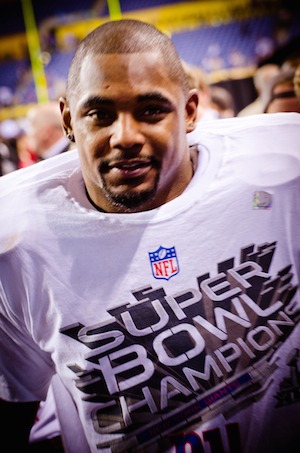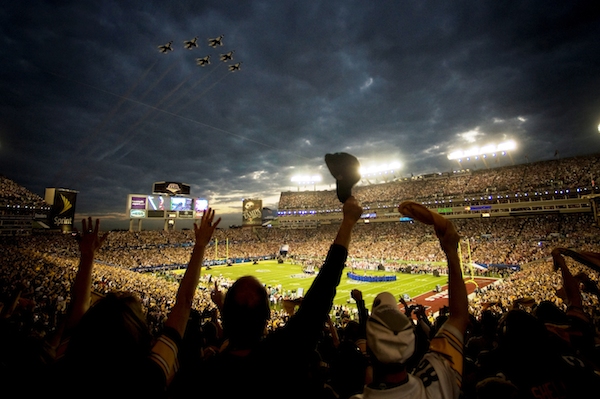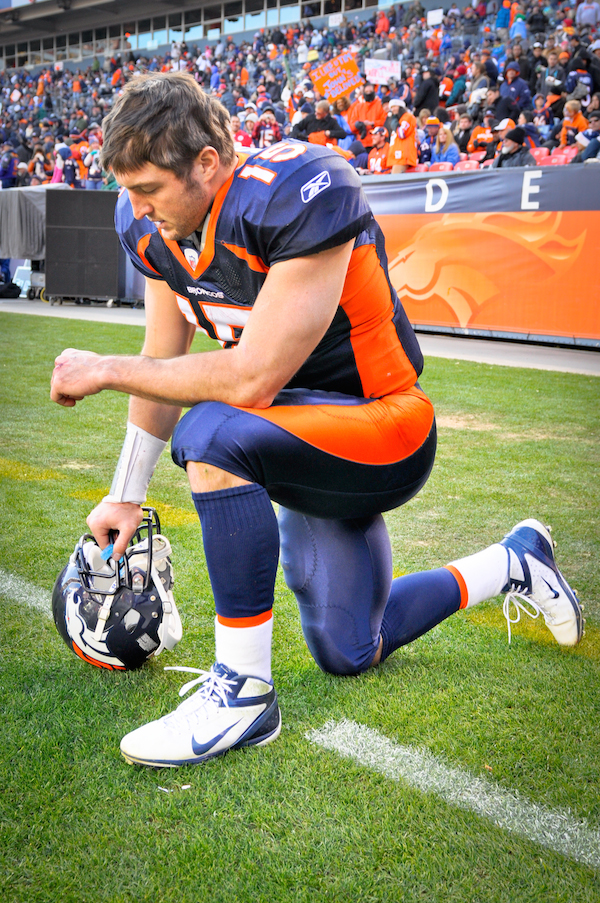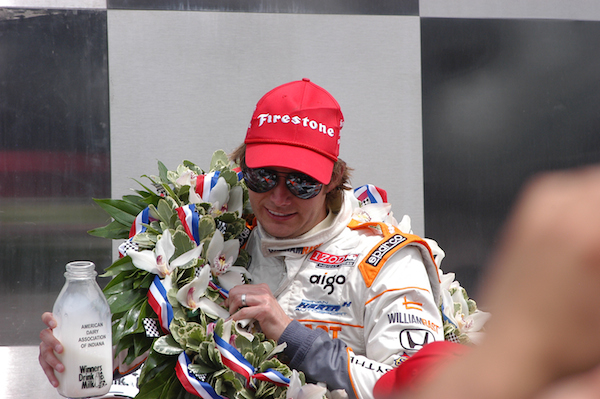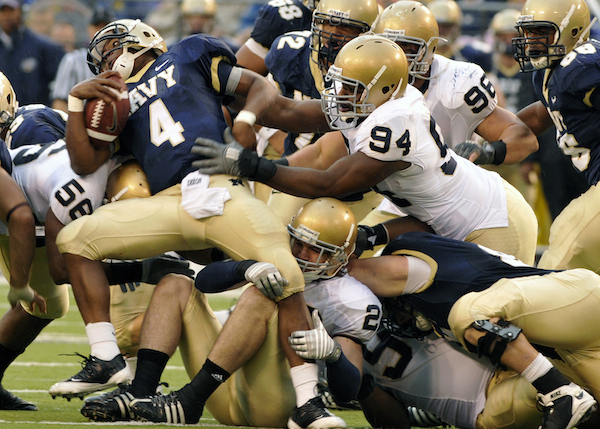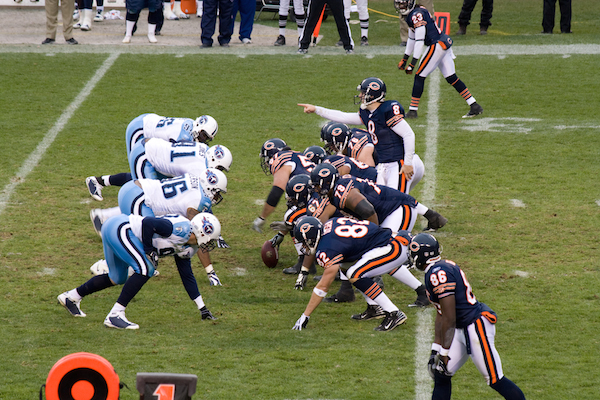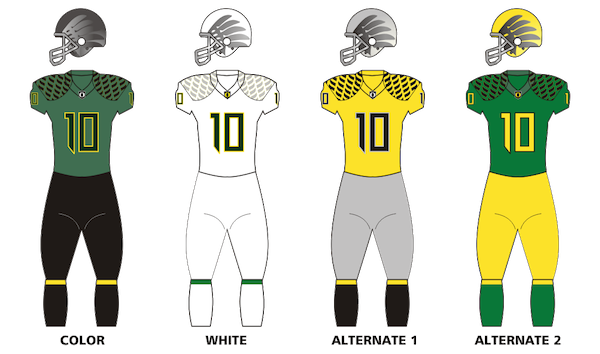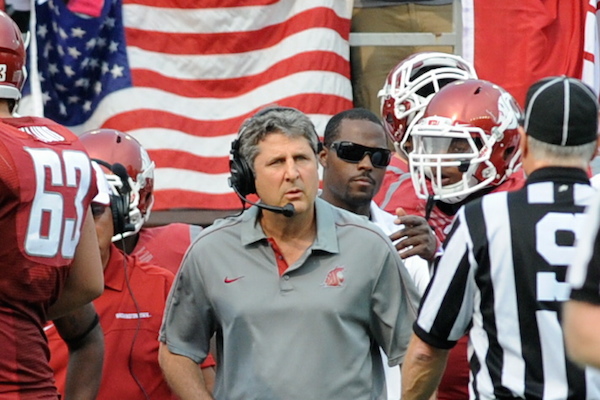Dear Sports Fan,
What the hell happened on the play where Ahmad Bradshaw scored?
Thanks,
Mary
Dear Mary,
Welcome to a situation where real life and video games collide. Anyone who’s played Madden football has done what the Patriots did in that situation and knew immediately it was the right call. To recap:
Giants are down 17-15 with only a few minutes on the clock. Either a touchdown OR a field goal wins the game for them. This is important to note.
After Eli Manning completed his absurd pass to Mario Manningham, and executed a few more mundane plays, it became clear that the Giants were going to score. They were in field goal range, and rapidly approaching the range where basically you or I could successfully kick a field goal.
At a certain point the Patriots had to make a decision: when do we accept the reality that they’re going to score, and how do we get the ball back as quickly as possible and with as many timeouts as possible (this is important to note), so that we can try to counter? Keep in mind the Patriots only had two timeouts left because they had used one to challenge whether or not Mario Manningham caught Eli Manning’s absurd pass which, absurdly enough, he did. The clock also stops at the two minute warning,[1] giving the Patriots three opportunities to stop the clock.
If you’re the Giants, the plan is simple: run as many safe plays as you can for as long as you can to draw the clock down and force the Patriots to use all of their timeouts. Then, when you’ve eaten up as much time as you can – they could have taken the clock down to around 20 seconds in this case – you line up and kick the field goal, taking the lead and giving the Patriots very little time to get the ball back and score.
Here’s where Madden football comes in: in video game world, the ONLY sensible thing to do in this situation is to let the other team score a touchdown immediately. If the choice is trailing by five or six with around a minute to go and a time out, or trailing by three with 20 seconds to go and no timeouts, it’s pretty much a no-brainer. So in Madden world, you call the most permissive (promiscuous?) defense you have and, as soon as the play starts, take control of as many players as possible and dive to the ground to avoid making a tackle.
In the NFL, this rarely happens – primarily because coaches and players always like to think there’s a chance of stopping someone or forcing a turnover, and letting the opponent score reeks of surrender, which is something football players are conditioned to never do; and second, because the other team is presumably smarter than the artificial intelligence in the Madden game and will refuse to cooperate.
How? It’s pretty simple: you fall down before you get in the end zone. Falling down – we do it all the time. It’s the easiest thing to do in the world, unless you’re Ahmad Bradshaw and the only thought in your mind is scoring the winning touchdown in a Super Bowl, and the defense miraculously melts away in front of you and you have a clear path to the end zone and it’s not until you’re at the one-foot line that you realize – either because you hear someone yelling or you hear your coach’s voice in your head – that you’re dancing on the very thin line between being a Super Bowl Hero or being The Greatest Super Bowl Goat of All Time,[2] but it’s too late and your momentum slowly topples you into the unknown. (footnote 3: In this case, the obscene run on sentence is an attempt to capture the running back’s stream of consciousness. It’s neither laziness nor an indictment of the writer’s high school English teachers)
So as it does in Madden football, the strategy worked for the Pats – or worked as well as it could have under the circumstances. That they weren’t able to complete an absurd Hail Mary pass in the end zone to win the game in the end isn’t an indictment of their strategy – the mere fact that they were a foot away from a Super Bowl winning catch validates what every video football game player has known for years.
Thanks for the question,
Dean Russell Bell
- The 2 minute warning is an institution that no one really challenges. It’s unquestioningly accepted as part of the game, like tight pants – except the tight pants actually serve a purpose. There are 53 players and dozens of coaches on the sideline and there are scoreboards all over the stadium – do they really need to be warned that there are only 2 minutes left?↵
- The GOAT goat?↵

